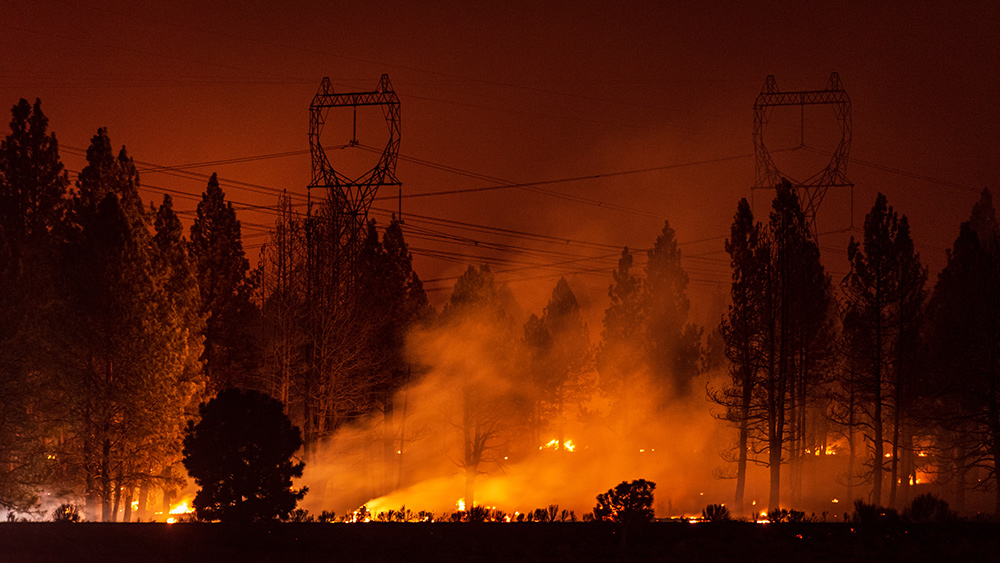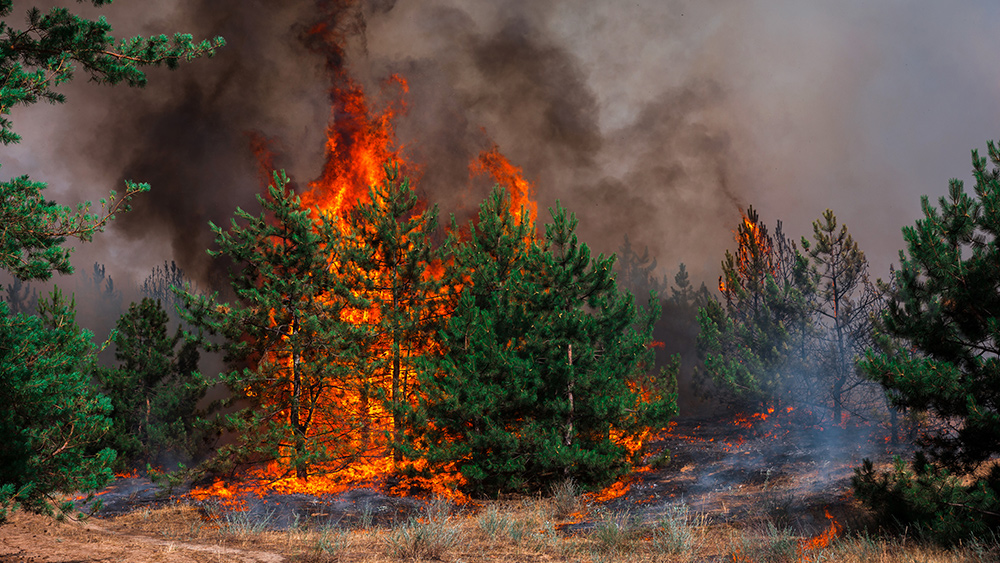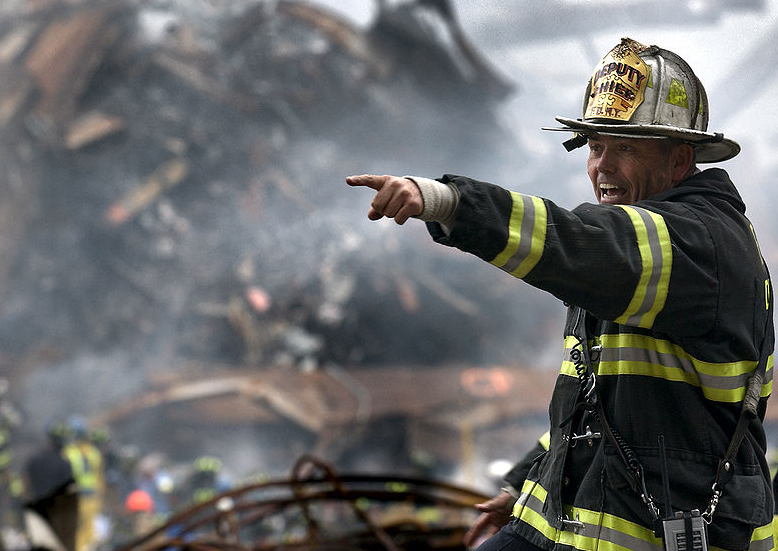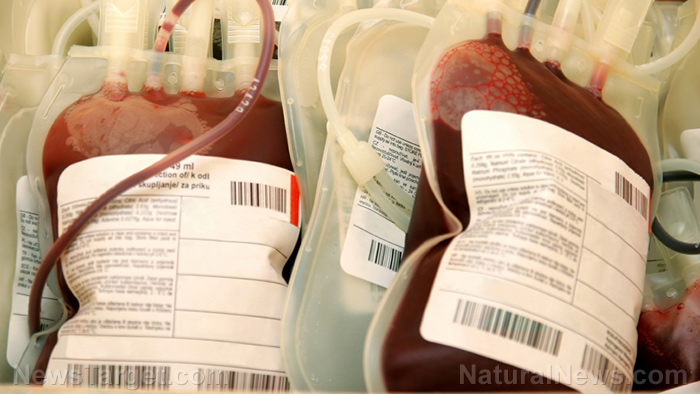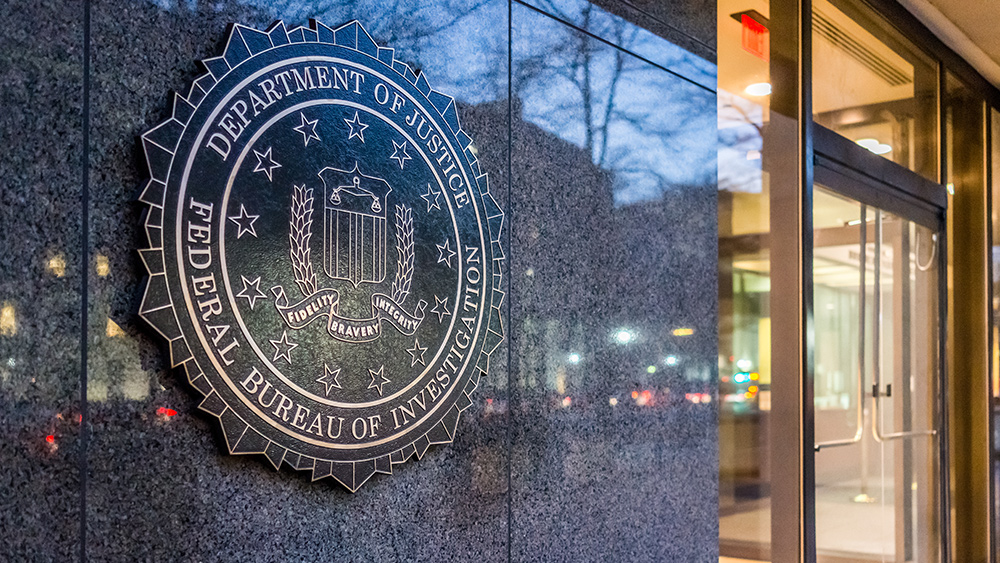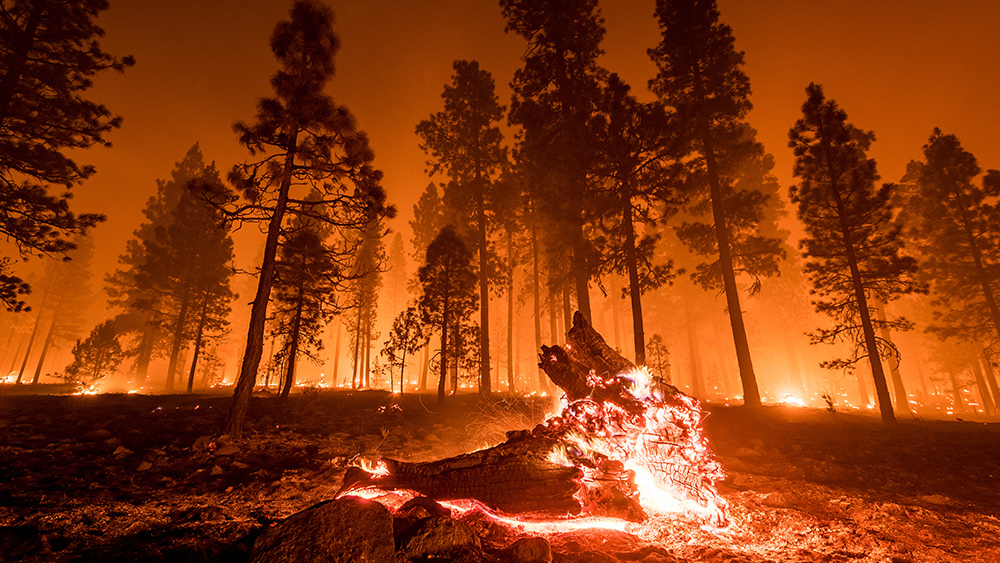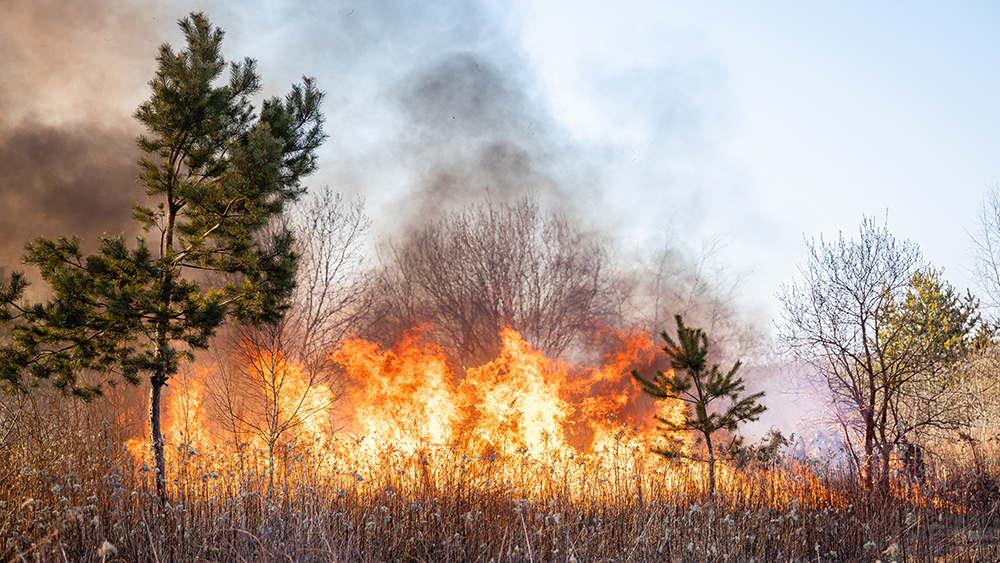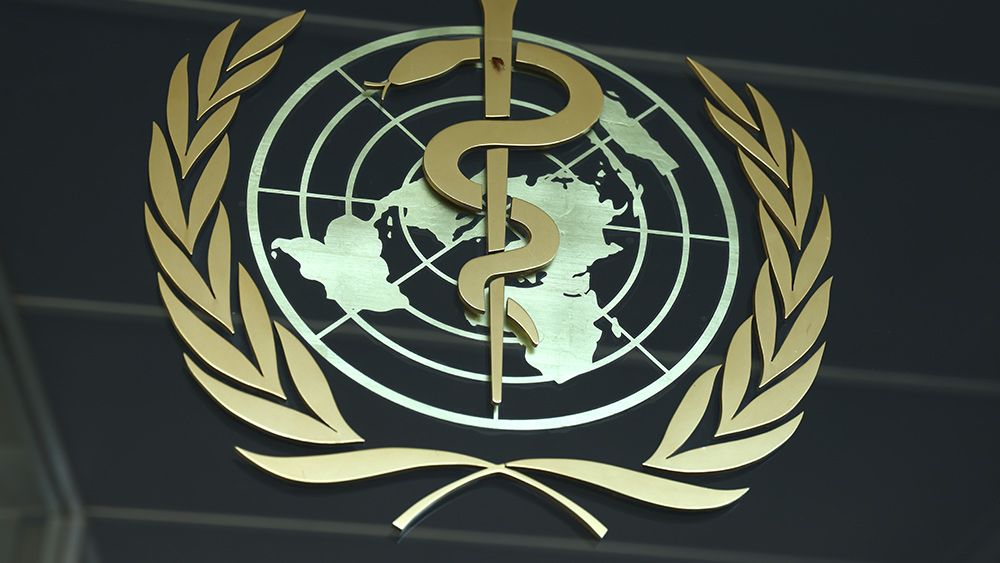WILDFIRE AFTERMATH: Maui residents face new threat from CHEMICAL CONTAMINATION that could linger for months, officials say
08/20/2023 / By Olivia Cook
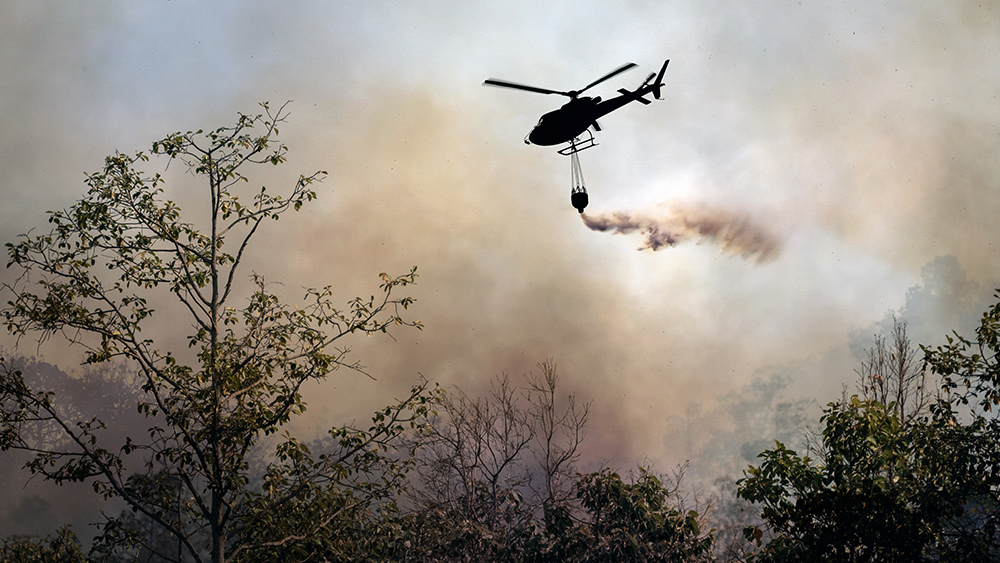
Officials recently warned Maui residents that the plumes of toxic smoke from burning homes, car gas tanks and other materials due to wildfires have contaminated water, air and soil and could pose health risks for months to come.
The deadly wildfires have claimed at least 111 lives and destroyed an estimated 2,700 buildings around Lahaina, some of which containing hazardous household wastes, treated wood, paints and other toxic materials. (Related: Maui wildfires burn historic town of Lahaina, kill over 90 Hawaiians with hundreds still missing.)
The Hawaiian Department of Health (DOH) has warned that ash and dust from burned homes and businesses could contain deadly toxic chemicals, such as arsenic, asbestos and lead.
Residents returning to the area were advised to keep their children away and should not help with the clean-up efforts as they may fall into ash pits – holes full of hot ashes – created by burned trees and stumps. Falling or landing in them can cause serious burns.
They were urged to check with authorities before entering any remaining structures because they may contain hazardous materials or have become unstable. To avoid contact with ash and dust, which can cause irritation of the nose, skin or throat and may cause coughing, the DOH recommended wearing a tight-fitting respirator mask.
For additional protection, people should also wear gloves, long-sleeved shirts, pants, socks and closed-toed shoes to avoid cuts and puncture wounds, electrical injuries and burns from smoldering materials and other debris commonly found in areas of fire damage
People were warned to maintain a safe distance from any propane tank that may have been impacted by heat or fire. Thomas Leonard, a veteran and retired mailman, told the Associated Press that a propane tank that exploded near his home had created a huge mushroom cloud.
They were also cautioned to avoid using vacuums that will stir up carcinogenic particles in the air and washing ash from salvaged items into drains.
To protect others, DOH recommended changing clothes and showering before being in contact with sensitive groups like children, pregnant people, people with asthma or chronic obstructive pulmonary disease (COPD) and the elderly.
“It is a hazardous area and that’s why experts are here. We’re not doing anybody any favors by letting them back in there quickly, just so they can get sick,” Maui County Mayor Richard Bissen said during a news conference.
Health officials say cleanup of toxic materials in Lahaina may take months
State health officials say that the cleanup of toxic materials resulting from the fire in Lahaina will likely take weeks – if not months.
Specialist disaster relief teams from the Environmental Protection Agency (EPA) had begun removing obvious dangerous items, such as propane tanks, Hawaii’s state toxicologist Diane Felton told Hawaii Public Radio.
Felton warned the clean-up of toxic ash and debris could last for months because these areas should be approached very carefully and very cautiously for the toxic contaminants they may contain.
There is a high chance that many of Lahaina’s older buildings had asbestos or lead paint since the town was built well before the 1970s.
Felton added that these materials are likely still present in debris and could come in contact with skin or accidentally be inhaled. Arsenic, which was used in the 20th century as a herbicide on sugar and pineapple plantations, is another concern and people don’t really want to be exposed to any of this stuff.
Water advisory for upper Kula and Lahaina remained as of Friday, Aug. 18. Officials warn that it’s currently unsafe to consume tap water for drinking or cooking in areas affected by the wildfires, even if the water has been boiled.
A loss of water pressure when buildings were destroyed may have caused contaminants and volatile organic chemicals to enter the water supply.
Felton said that in the long-term, the water will be useable, but “in the short term, we just need more information.” The state DOH Safe Drinking Water branch is planning to conduct drinking water testing throughout West Maui.
“Strange things can happen to the water” after a disaster, Felton said. “I’m optimistic that the water system will be able to be restored, but until we have a better sense of how much, if any, contamination is present, we won’t have a timeframe on that.”
The DOH is taking many of its cues on cleanup from federal agencies like the EPA and the Centers for Disease Control and Prevention, as well as officials from other communities that have dealt with wildfires.
Watch this video to learn more about the Maui wildfires.
This video is from the Sons of the Republic channel on Brighteon.com.
More related stories:
Smoke from Canadian wildfires darkens skies, triggers health warnings for millions.
Smoke from Canadian wildfires returns to the US, prompting authorities to issue air quality alerts.
New York City’s air quality reaches “hazardous” level – one of the worst recorded in decades.
Sources include:
Submit a correction >>
Tagged Under:
arsenic, asbestos, chemicals, contamination, environ, EPA, Hawaii, Hawaii Department of Health, health officials, Lahaina, Lead, Maui, Public Health, toxic chemicals, Water safety, wildfires
This article may contain statements that reflect the opinion of the author
RECENT NEWS & ARTICLES
COPYRIGHT © 2017 TWISTED.NEWS
All content posted on this site is protected under Free Speech. Twisted.news is not responsible for content written by contributing authors. The information on this site is provided for educational and entertainment purposes only. It is not intended as a substitute for professional advice of any kind. Twisted.news assumes no responsibility for the use or misuse of this material. All trademarks, registered trademarks and service marks mentioned on this site are the property of their respective owners.

